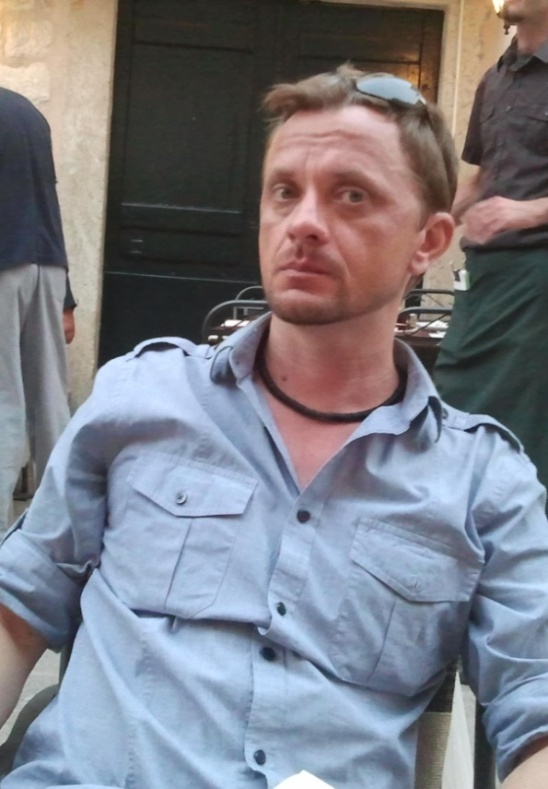Functional Impact of Ryanodine Receptor Oxidation on Intracellular Calcium Regulation in the Heart Journal Article
Local Library Link: Find It @ Loyola
| Authors: | Zima, A. V.; Mazurek, S. R. |
| Article Title: | Functional Impact of Ryanodine Receptor Oxidation on Intracellular Calcium Regulation in the Heart |
| Abstract: | Type 2 ryanodine receptor (RyR2) serves as the major intracellular Ca2+ release channel that drives heart contraction. RyR2 is activated by cytosolic Ca2+ via the process of Ca2+-induced Ca2+ release (CICR). To ensure stability of Ca2+ dynamics, the self-reinforcing CICR must be tightly controlled. Defects in this control cause sarcoplasmic reticulum (SR) Ca2+ mishandling, which manifests in a variety of cardiac pathologies that include myocardial infarction and heart failure. These pathologies are also associated with oxidative stress. Given that RyR2 contains a large number of cysteine residues, it is no surprise that RyR2 plays a key role in the cellular response to oxidative stress. RyR's many cysteine residues pose an experimental limitation in defining a specific target or mechanism of action for oxidative stress. As a result, the current understanding of redox-mediated RyR2 dysfunction remains incomplete. Several oxidative modifications, including S-glutathionylation and S-nitrosylation, have been suggested playing an important role in the regulation of RyR2 activity. Moreover, oxidative stress can increase RyR2 activity by forming disulfide bonds between two neighboring subunits (intersubunit cross-linking). Since intersubunit interactions within the RyR2 homotetramer complex dictate the channel gating, such posttranslational modification of RyR2 would have a significant impact on RyR2 function and Ca2+ regulation. This review summarizes recent findings on oxidative modifications of RyR2 and discusses contributions of these RyR2 modifications to SR Ca2+ mishandling during cardiac pathologies. |
| Journal Title: | Reviews of physiology, biochemistry and pharmacology |
| ISSN: | 0303-4240; 0303-4240 |
| Publisher: | Unknown |
| Date Published: | 2016 |
| Language: | ENG |
| DOI/URL: | |
| Notes: | LR: 20160701; GR: R01 HL130231/HL/NHLBI NIH HHS/United States; JID: 0434624; OTO: NOTNLM; aheadofprint |
LUC Authors
-
 23
23Zima
Related LUC Article
